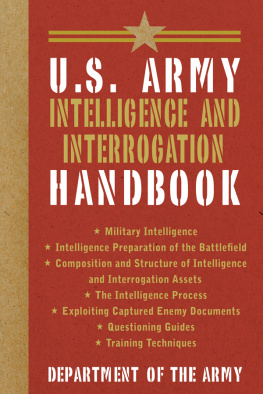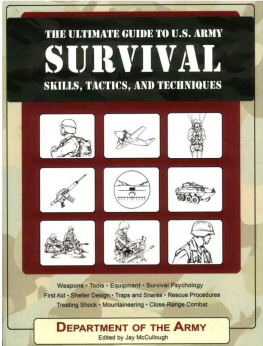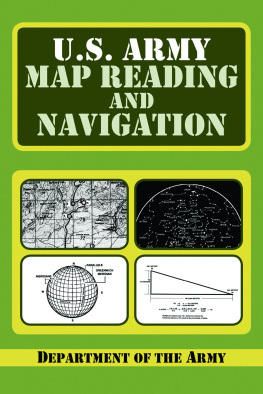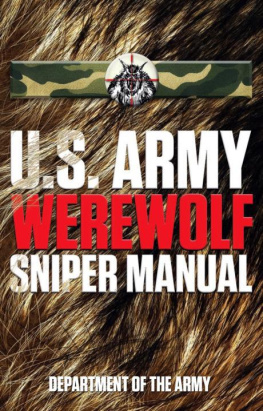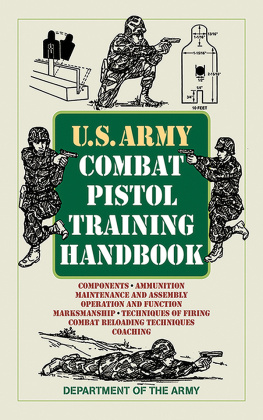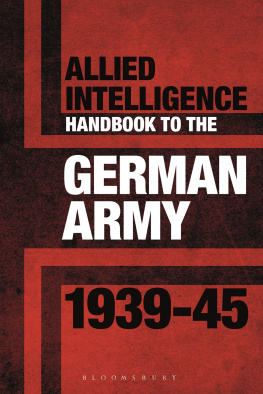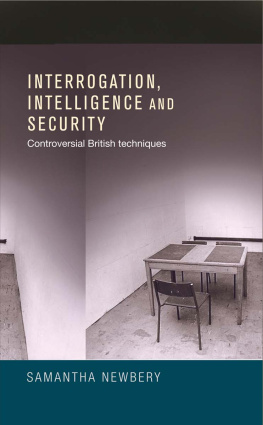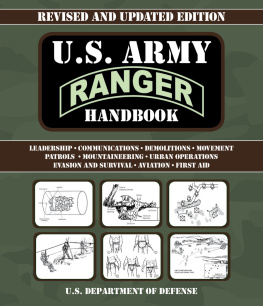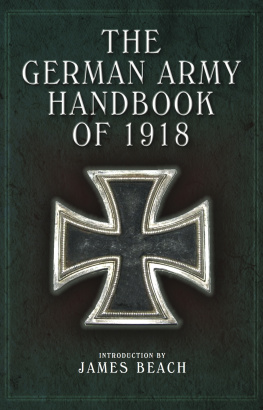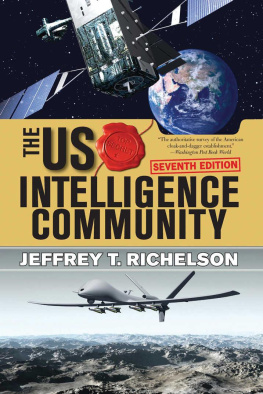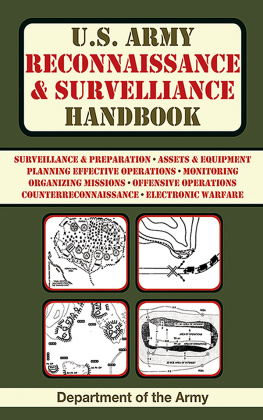

Additional material copyright 2014 by Skyhorse Publishing, Inc.
No claim is made to material contained in this work that is derived from government documents. Nevertheless, Skyhorse Publishing claims copyright in all additional content, including but not limited to, compilation copyright and the copyright in and to any additional material, elements, design, images, or layout of whatever kind included herein.
All inquiries should be addressed to Skyhorse Publishing, 307 West 36th Street, 11th Floor, New York, NY 10018.
Skyhorse Publishing books may be purchased in bulk at special discounts for sales promotion, corporate gifts, fund-raising, or educational purposes. Special editions can also be created to specifications. For details, contact the Special Sales Department, Skyhorse Publishing, 307 West 36th Street, 11th Floor, New York, NY 10018 or info@skyhorsepublishing.com.
Skyhorse and Skyhorse Publishing are registered trademarks of Skyhorse Publishing, Inc., a Delaware corporation.
Visit our website at www.skyhorsepublishing.com.
10 9 8 7 6 5 4 3 2 1
eISBN: 978-1-62873-926-8
Library of Congress Cataloging-in-Publication Data is available on file.
ISBN: 978-1-62636-098-3
Printed in the United States of America
Field Manual
No. 2-22.3
FM 2-22.3 (FM 34-52)
Headquarters
Department of the Army
Human Intelligence Collector Operations
Contents
This publication supersedes FM 34-52, 28 September 1992, and ST 2-22.7, Tactical Human Intelligence and Counterintelligence Operations, April 2002.
Preface
This manual provides doctrinal guidance, techniques, and procedures governing the employment of human intelligence (HUMINT) collection and analytical assets in support of the commanders intelligence needs. It outlines
- HUMINT operations.
- The HUMINT collectors role within the intelligence operating system.
- The roles and responsibilities of the HUMINT collectors and the roles of those providing the command, control, and technical support of HUMINT collection operations.
This manual expands upon the information contained in FM 2-0. It supersedes FM 34-52 and rescinds ST 2-22.7. It is consistent with doctrine in FM 3-0, FM 5-0, FM 6-0, and JP 2-0. In accordance with the Detainee Treatment Act of 2005, the only interrogation approaches and techniques that are authorized for use against any detainee, regardless of status or characterization, are those authorized and listed in this Field Manual. Some of the approaches and techniques authorized and listed in this Field Manual also require additional specified approval before implementation.
This manual will be reviewed annually and may be amended or updated from time to time to account for changes in doctrine, policy, or law, and to address lessons learned.
This manual provides the doctrinal guidance for HUMINT collectors and commanders and staffs of the MI organizations responsible for planning and executing HUMINT operations. This manual also serves as a reference for personnel developing doctrine, tactics, techniques, and procedures (TTP); materiel and force structure; institutional and unit training; and standing operating procedures (SOPs), for HUMINT operations at all army echelons. In accordance with TRADOC Regulation 25-36, the doctrine in this field manual is not policy (in and of itself), but is... a body of thought on how Army forces operate....[It] provides an authoritative guide for leaders and soldiers, while allowing freedom to adapt to circumstances.
This manual applies to the Active Army, the Army National Guard/Army National Guard of the United States, and the United States Army Reserve unless otherwise stated. This manual also applies to DOD civilian employees and contractors with responsibility to engage in HUMINT collection activities. It is also intended for commanders and staffs of joint and combined commands, and Service Component Commands (SCC). Although this is Army doctrine, adaptations will have to be made by other Military Departments, based on each of their organizations and specific doctrine.
Material in this manual applies to the full range of military operations. Principles outlined also are valid under conditions involving use of electronic warfare (EW) or nuclear, biological, or chemical (NBC) weapons.
This manual is intended for use by military, civilian, and civilian contractor HUMINT collectors, as well as commanders, staff officers, and military intelligence (MI) personnel charged with the responsibility of the HUMINT collection effort.
HUMINT operations vary depending on the source of the information. It is essential that all HUMINT collectors understand that, whereas operations and sources may differ, the handling and treatment of sources must be accomplished in accordance with applicable law and policy. Applicable law and policy include US law; the law of war; relevant international law; relevant directives including DOD Directive 3115.09, DOD Intelligence Interrogations, Detainee Debriefings, and Tactical Questioning; DOD Directive 2310.1E, The Department of Defense Detainee Program; DOD instructions; and military execute orders including fragmentary orders (FRAGOs).
Interrogation, the HUMINT subdiscipline responsible for MI exploitation of enemy personnel and their documents to answer the supported specific information requirements (SIRs), requires the HUMINT collector to be fully familiar with both the classification of the source and applicable law. The principles and techniques of HUMINT collection are to be used within the constraints established by US law including the following:
- The Uniform Code of Military Justice (UCMJ).
- Geneva Convention for the Amelioration of the Condition of the Wounded and Sick in Armed Forces in the Field (including Common Article III), August 12, 1949; hereinafter referred to as GWS.
- Geneva Convention Relative to the Treatment of Prisoners of War (including Common Article III), August 12, 1949; hereinafter referred to as GPW.
- Geneva Convention Relative to the Protection of Civilian Persons in Time of War (including Common Article III), August 12, 1949; hereinafter referred to as GC.
- Detainee Treatment Act of 2005, Public Law No. 109-163, Title XIV.
HUMINT collectors must understand specific terms used to identify categories of personnel when referring to the principles and techniques of interrogation. Determination of a detainees status may take a significant time and may not be completed until well after the time of capture. Therefore, there will be no difference in the treatment of a detainee of any status from the moment of capture until such a determination is made. The following terms are presented here and in the glossary.
- Civilian Internee: A person detained or interned in the United States or in occupied territory for security reasons, or for protection, or because he or she has committed an offense against the detaining power, and who is entitled to protected person status under the GC.
- Enemy Prisoner of War (EPW): A detained person, as defined in Articles 4 and 5 of the GPW. In particular, one who, while engaged in combat under orders of his or her government, is captured by the armed forces of the enemy. As such, he or she is entitled to the combatants privilege of immunity from the municipal law of the capturing state for warlike acts that do not amount to breaches of the law of armed conflict. For example, an EPW may be, but is not limited to, any person belonging to one of the following categories of personnel who have fallen into the power of the enemy; a member of the armed forces, organized militia or volunteer corps; a person who accompanies the armed forces, without actually being a member thereof; a member of a merchant marine or civilian aircraft crew not qualifying for more favorable treatment; or individuals who, on the approach of the enemy, spontaneously take up arms to resist invading forces.
Next page
